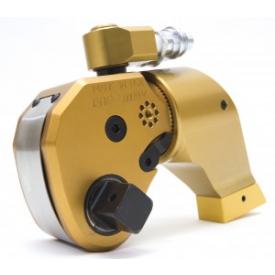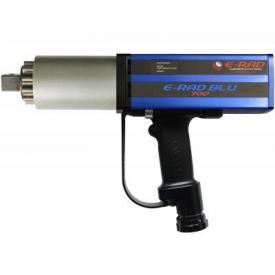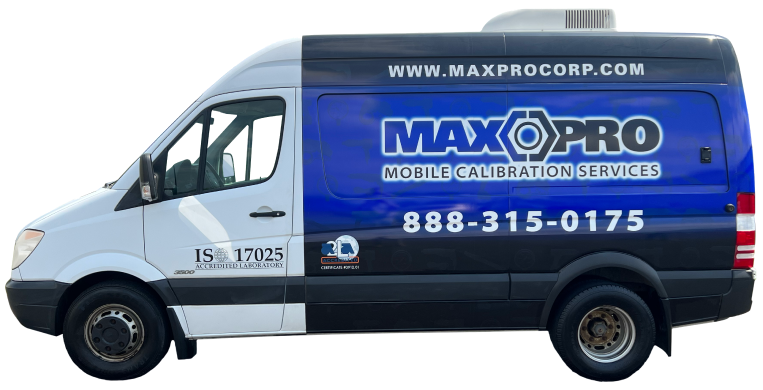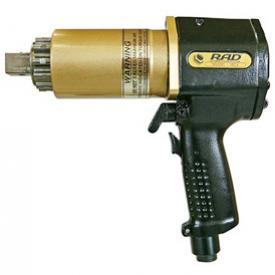As hinted by the name, a torque wrench helps apply rotating force on a fastener like a bolt or a nut to loosen or fasten it. There are three high-capacity types of this kind of wrench. These are hydraulic, pneumatic, and electric wrenches. Their main difference lies in their powering forces, which provide unique advantages to each type while also having certain limitations to their operation. Here is an overview of the main differences between these three.
1. Hydraulic torque wrenches
A hydraulic wrench makes use of a pressurized liquid to produce and transfer power. The liquids could be mineral oil, synthetic fluid, or ethylene glycol. Hydraulic wrenches are excellent for large-scale commercial and industrial applications. That’s because they have high torque capacities. Their utility ranges from construction to aerospace.
Their advantages include the following; 
- High torque capacities
- Allow for easy installation
- They are excellent for use on tighter bolts and lifting
heavier objects - They support simultaneous tensioning, allowing them to
do multiple jobs - They are versatile
- The tool or the surface absorbs the shock, not the
operator.
Their limitations include;
- They are large and come with complex parts
- You will need special fluids for the use, which are finite
- They are slower than the other two options
- They usually need more than one operator
- They can pose certain hazards, including slip and trip hazards.
2. Pneumatic powered wrenches
A pneumatic wrench uses compressed air for power, and as such, a hose connects it to a compressed air tank. The hose comes with quick-change fittings to allow for fast changing between different tools. The higher the air tank’s volume, the more power torque it will generate.
Advantages of pneumatic wrenches include:
- It has a high a higher torque accuracy
- It is available in smaller sizes
- It relies on an infinite source of power (air)
- It has a faster rundown
- There is no risk of a fire hazard
- Operates on a simpler structure compared to hydraulics
Its limitations include;
- It is labor intensive
- It is not as durable as hydraulic options
- It is not easily portable due to the need for air tanks.
- It can be noisy
- The shock is absorbed by the operator
3. Electric powered wrenches
As the name suggests, these are powered by either an electrical connection or batteries. They can deliver power 24/7 or, in the case of battery-powered ones, until the charge is depleted.
Their main advantages include the following; 
- They are highly accurate
- More portable, especially battery-powered options
- You can control the speed
- They have minimal noise
- They are lighter than pneumatic and hydraulic options.
- They are more durable
- They have lower operational costs
Electric options still have limitations like;
- They have lower rundown RPMs
- Battery-powered options are limited by the amount of charge they hold
- There is a risk of shock when used close to water
Knowing the differences among the three types of wrenches helps you identify the right tool for your needs. Investing in a high-capability wrench is unnecessary when you only require standard torque levels. On the other hand, you do not want a less powerful wrench for high-torque applications. The main considerations will be ease of use, cost, speed and power, weight, and size. The above guidelines will help you arrive at the right wrench for your needs.
Head to MAXPRO for everything you need to know about Torque Wrenches.






